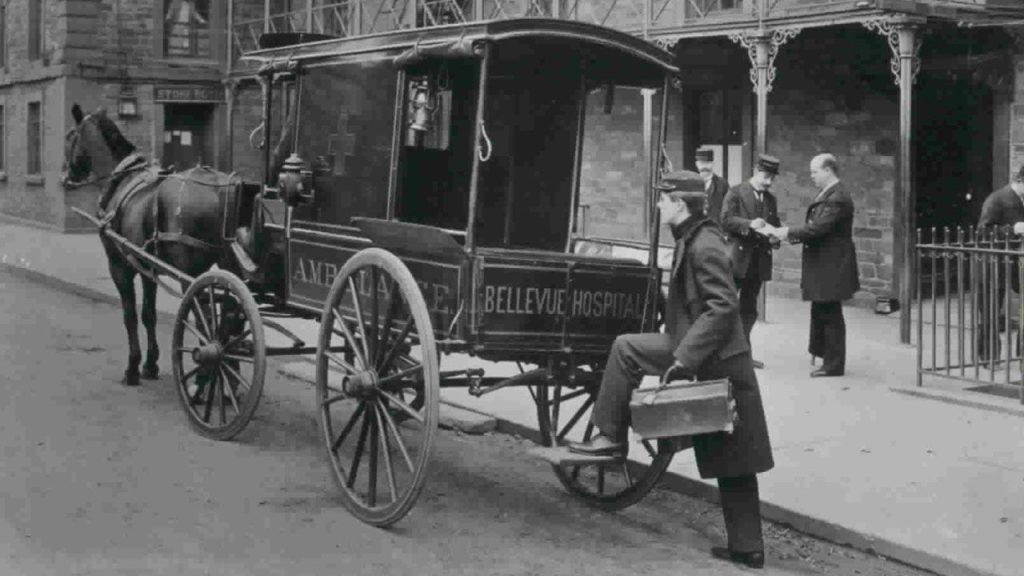The first ambulance service in the United States is said to have appeared in Cincinnati, Ohio on March 28, 1866, predating Bellevue Hospital’s claim to have introduced the first citywide ambulance service in 1869. The Commercial Hospital of Cincinnati employed James R. Jackson as an ambulance driver as early as 1865, and by 1866, he was driving the first ambulance to go into service. The actual date of the introduction of the ambulance is a subject of debate, but sources generally point to 1866 as the year when the first ambulance was put into service.
The American Civil War had a significant impact on the evolution of ambulance services in the United States. Jonathan Letterman, the medical director of the Army of the Potomac, implemented a highly organized system of ambulances and trained stretcher bearers to evacuate the wounded quickly. This system, along with other advancements during the war, led to a layered system of care that included immediate triage, field dressing stations, and the transport of wounded soldiers to major hospitals. The changes implemented during the Civil War revolutionized medical care in the country after the conflict ended.
The system of care established during the Civil War contributed to the transformation of hospitals into places of healing rather than places to die. Large-scale hospitals set up by medical departments during the war had a significantly lower death rate of only 9%, leading to broader acceptance of hospitals by the public. Ambulance services quickly expanded from Cincinnati to other cities in the nation and around the world. In New York City, Bellevue Hospital introduced modern ambulances equipped with a rolling bed, surgical lamp, and medical supplies, marking a significant advancement in ambulance care.
In June 1869, Bellevue Hospital in New York City introduced two modern ambulances staffed by a driver and an ambulance surgeon equipped with necessary medical supplies. By 1870, the hospital had added five more ambulances to its fleet as the demand for emergency medical services increased. Today, more than 70,000 emergency vehicles respond to approximately 37 million calls across the nation each year, highlighting the significant role that ambulance services play in modern healthcare. The historical evolution of ambulance services from the Civil War era to the present day underscores the importance of emergency medical care in saving lives and providing critical healthcare services to those in need.


